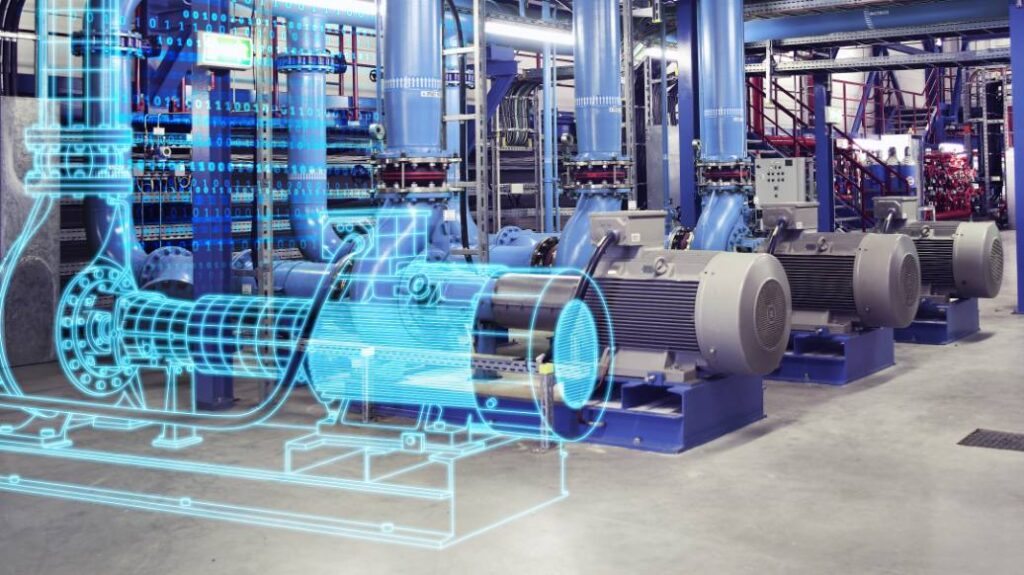A digital twin is a computerized representation of a real object, project, or construction that is continuously updated with data from the site. This technology allows for the simulation and optimization of resources through real-time data analysis and the use of machine learning algorithms.
Importance for Construction Projects
In the construction and architecture industry, digital twins enable the creation of simulations of design and construction scenarios that can be optimized effectively before the works begin. Digital twins typically use 3D modeling and BIM (Building Information Modeling) techniques to accurately reflect architectural designs, including information about materials, structures, and other building components.
During the construction process, digital twins allow for precise and objective monitoring, identifying risks that are not visible otherwise. By comparing the current state with the planned schedule, we can detect risks and project needs for resources, logistics, or labor.
In building maintenance and operation, digital twins can integrate sensors and monitoring systems to predict failures in building systems, reducing downtime and improving energy consumption, thereby promoting the sustainability of the construction.
Safety and risk management are essential, and digital twins simulate scenarios of natural disasters or fires and plan effective evacuation strategies, improving occupant safety. By analyzing real-time data, the structural integrity of buildings can be assessed, predicting possible failures and allowing for preventive measures to be taken.
If you want to learn more about digital twins or our BIM consultancy, do not hesitate to contact us; at Acero Estudio, we are at your service.



